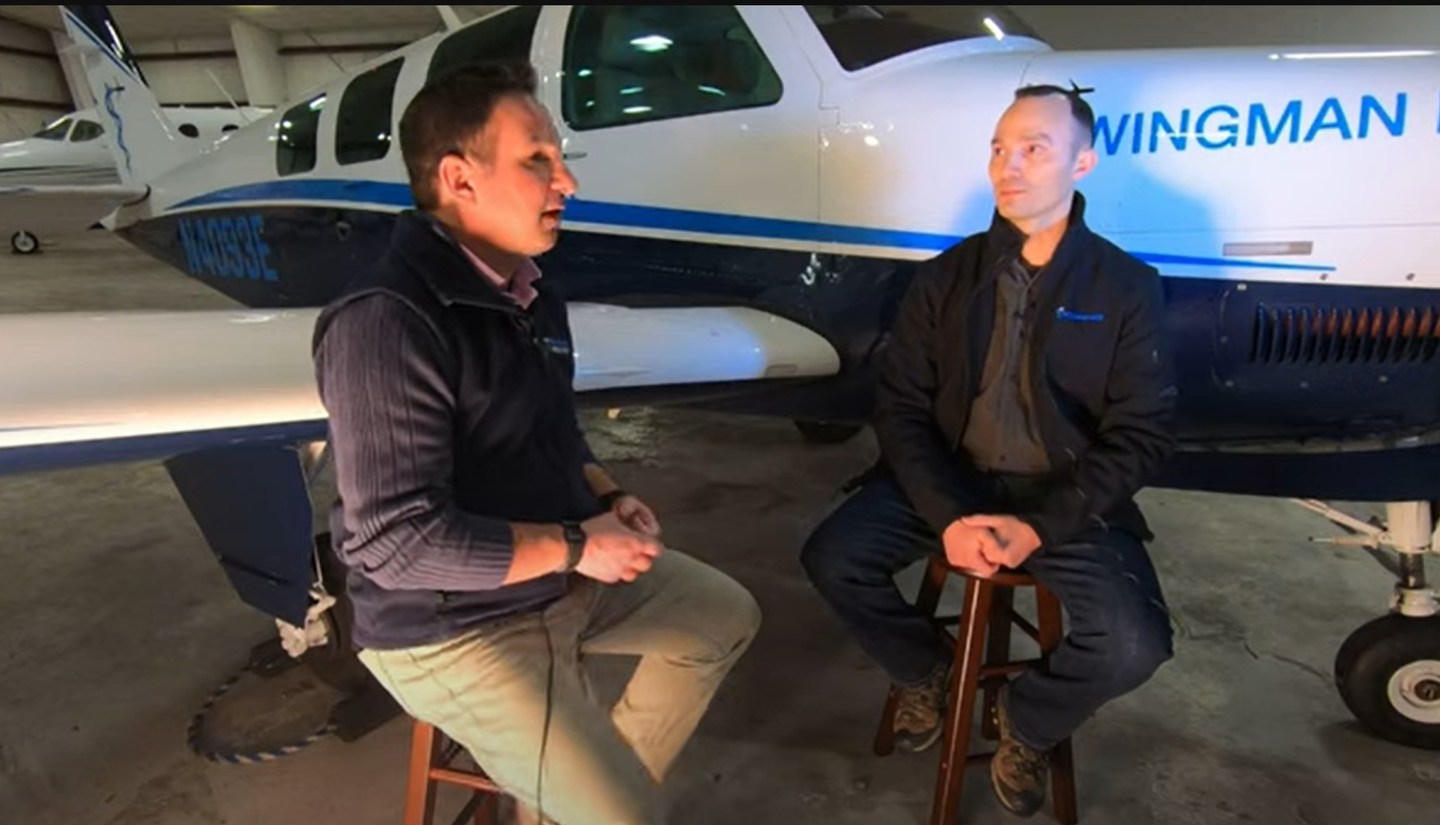Avionics Academy: Planning For Avionic Obsolescence
What can you do with your old GPS unit?
 |
A few months ago, a friend wrote to tell me that support had ended for his Apollo 2001 approach-approved panel-mount GPS. He wondered what he could replace it with---he had bought it factory-refurbished for just $1,895 "about 10 years ago."
He's not alone: In 2008, Jeppesen stopped providing database updates for Northstar and Trimble GPS units that used 1 MB and 2 MB flash memory cards. At the time, they said it was no longer cost-effective to "trim" the navigation data set for those small cards. The same problem has also resulted in support being lost for several navigation systems from ARnav and BF Goodrich.
That's just one symptom of a larger problem---modern avionics simply can't be expected to last as long as old radio stacks. Why? Because the microchips that make possible color moving maps and touch-screen navigation are all but certain to be obsolescent by the time a panel-mount avionics system gets through the approval process, and obsolete just a few years later.
Old radios were built using standard components---resistors, capacitors and transistors---that changed very slowly over the years and were (and in many cases, still are) widely available. Any good avionics shop could open pretty much any radio, replace a bad component and send you on your way. Not so with current-generation digital avionics, such as GPS navigators and glass panels. They're basically special-purpose computers, and just like desktop and notebook PCs and tablets, the microchips on which they're based have design lifetimes of just a few years.
For example, while database updates are still available for the Garmin (formerly Apollo) GX55 GPS navigator illustrated with this article, the electroluminescent display panel used on the GX55 is no longer made. Over time, gas leaks from the display, and it goes dark. The only option, then, is to purchase a replacement.
As owner-pilots, we expect avionics to last decades, and for the most part, they do, but beyond a certain point, it simply isn't realistic to expect companies to continue to support systems built on unavailable parts. We're going to have to start thinking of avionics in the same way as engines---you have to budget for a periodic overhaul or replacement. Fortunately, the interval for avionics is longer (10 to 15 years) than for engines, but in most cases, instead of overhauling avionics, we'll have to replace them.
What can you do if a manufacturer stops supporting your equipment before you're ready to replace it? It's perfectly legal to keep using a GPS navigator with an out-of-date database, provided it's used only in VFR conditions and isn't your only means of navigating. For IFR operations (particularly approaches), you'll need to replace it, and that won't be cheap. You may be able to save money---temporarily---by installing a used unit, but if it's already 10 years old, don't expect to get another 10 years out of it!
This hits me personally. I'm in the process of looking into an ADS-B Out solution for our airplane. Since we already have an IFR-certified GPS navigator, I've assumed the cheapest way to go would be to plug that into an ADS-B-compatible Mode-S transponder. But, given what I learned while working on this column, I'm not so sure---our GPS navigator is about five years old. If we have to replace it in another 10 years, will the new unit work with the transponder, or will we have to replace that, too? I'm going to look into that, and I'll share what I learn in future columns. Stay tuned!
Industry Response |
| Avidyne http://www.avidyne.com/landing/ifd540-pandp.asp Garmin |

Subscribe to Our Newsletter
Get the latest Plane & Pilot Magazine stories delivered directly to your inbox






